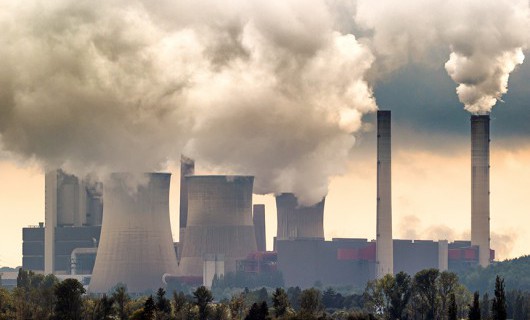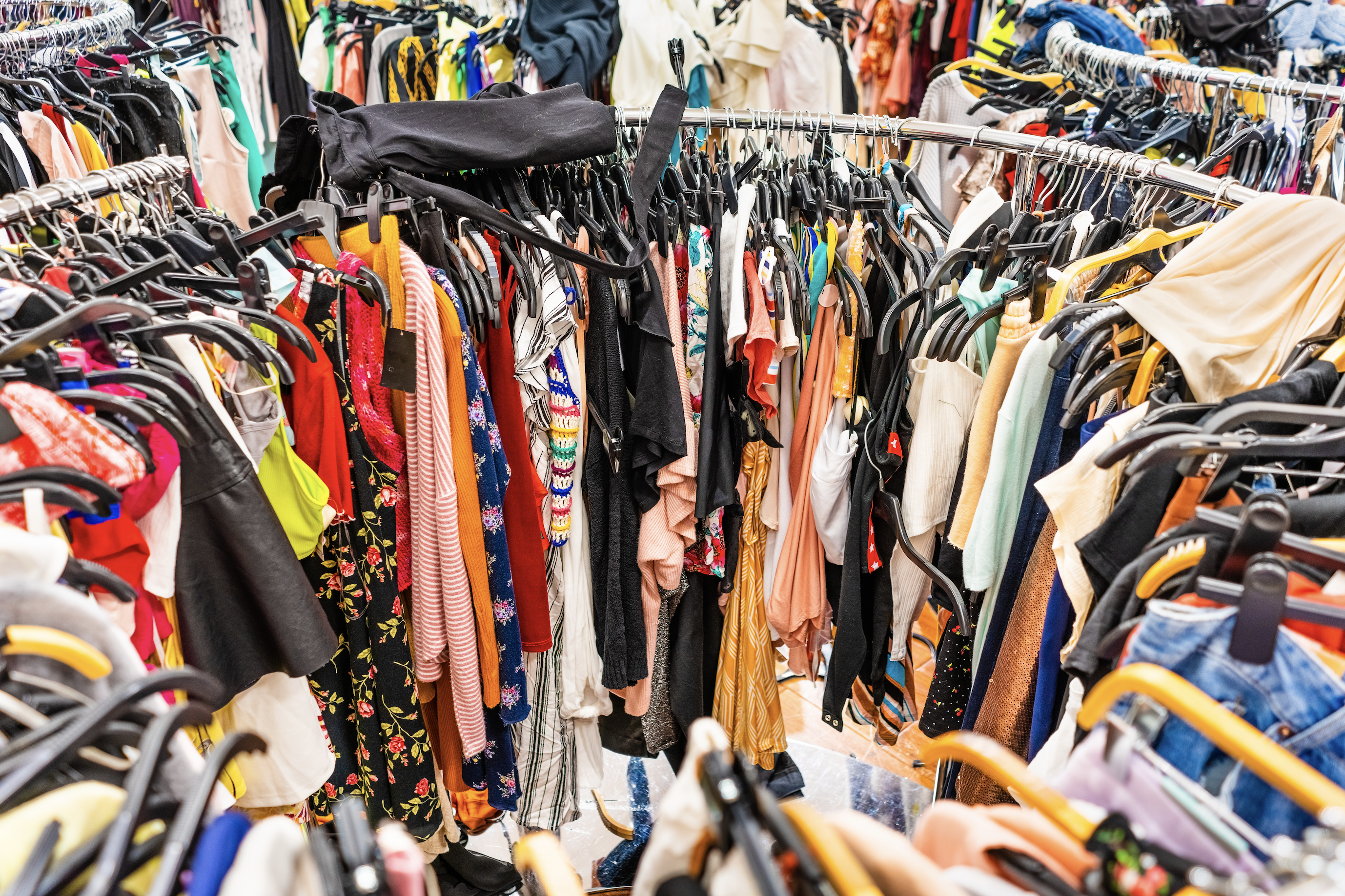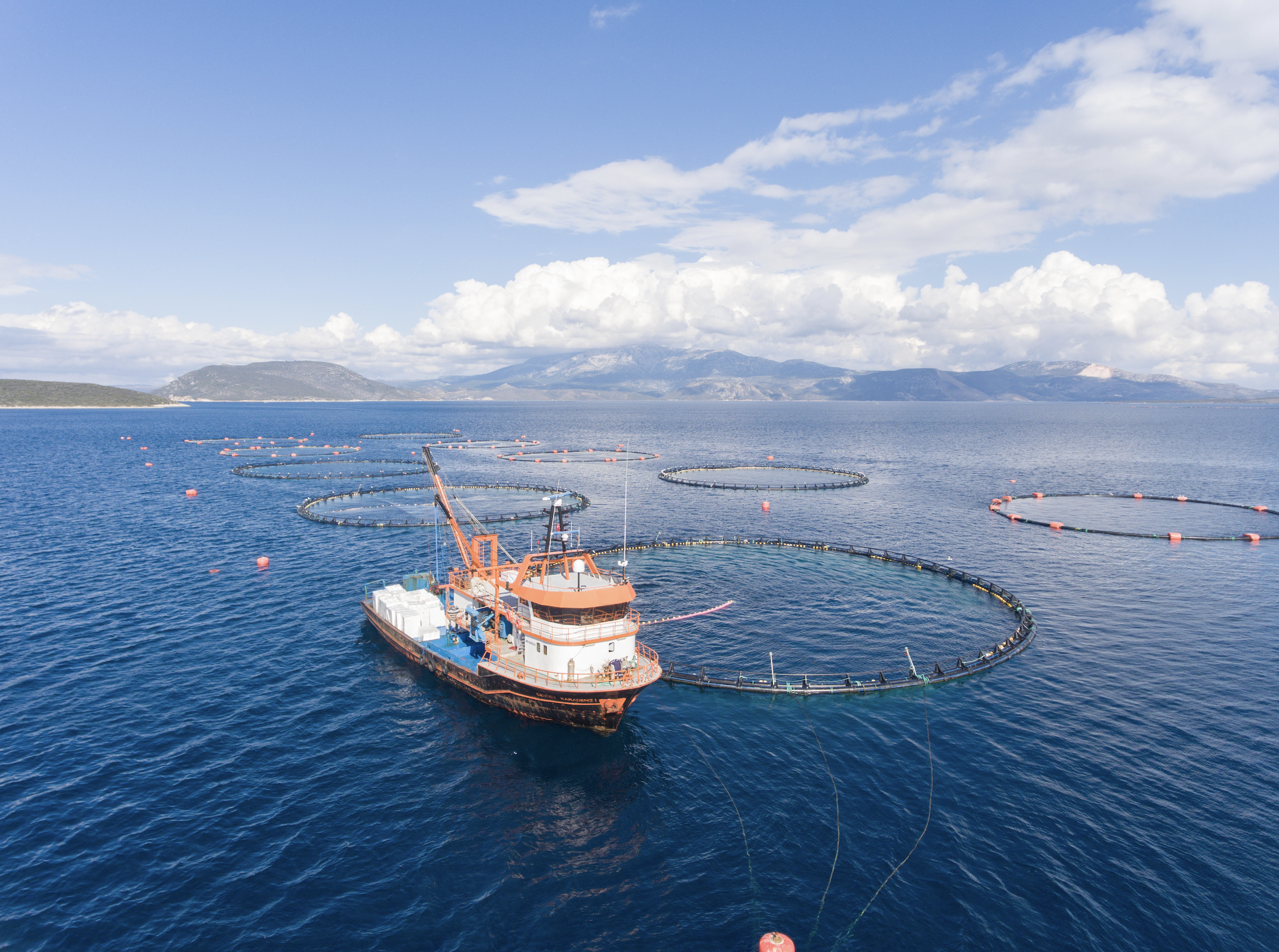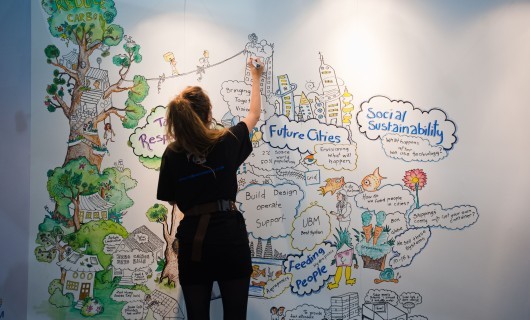
The effects of air pollution
Back in 2018 the World Health Organisation labelled Air Pollution a “public health emergency,” so our research team pulled together the most shocking statistics into a handy infographic for you.
More +We discover why the word 'sustainable' is being used more and more and how it's impacting our shopping and eating habits.
The term ‘sustainable’ was first widely used in the 1980s after the International Union for Conservation of Nature populated it in their Conservation Strategy.
So, what does 'sustainable' actually mean? By dictionary definition, sustainable means "meeting our own needs without compromising the ability of future generations to meet their own needs." It means not taking too much and, in turn, damaging our future generation.
Throughout two years I have heard the word ‘sustainable’ more and more, with brands and documentaries at the forefront of this social movement. Since the COVID-19 lockdowns, I believe people have slowed down, and we have had more time to watch, research and absorb the information given to us. This enabled us to look at the effect we, as individuals, have on the planet. What changes can we make?

To understand what sustainable fashion is, we first need to look at fast fashion. This term is used when talking about cheap and trendy clothing that goes out of style quickly. Brands will introduce multiple items a week to stay on trend and keep customers buying. The consumer market demands high fashion at a low cost, and companies create that demand by being ‘desirable’. Older clothes quickly become outdated - consumers are wanting new, new, new, rather than using what they already have in their wardrobe. Fashion brand advertising allows them to stay relevant.
Buying cheap comes at a cost. These items are so cheap because they come from sweatshops. A sweatshop by dictionary definition is "a factory or workshop where manual workers are employed at very low wages for long hours under poor conditions." Employees can suffer from sexual harassment, discrimination and hazardous conditions.
The environmental cost of fast fashion includes hazardous chemicals that are often leaked into water and soil, polluting the areas around it. People are throwing their clothes away at ‘never seen before’ speeds’. 75% of our clothes end up in landfill, adding to the growing amount of rubbish every year. The textile industry is also emitting more greenhouse gas emissions than international shipping and aviation combined!
The shift
With such alarming information and rates of elevation, we need to act fast by slowing down fast fashion. This can be done in many ways. First, we must reduce fashion consumption and increase clothing longevity. We have a lot of power to challenge a brands behaviour - buying items that will last longer and not binning them the moment there is something new will speak volumes. There is power in our pounds, so reducing the amount we spend is vital.
The second way is by shopping second-hand. This involves going to a vintage store, charity shop or online second-hand stores such as Depop. This is often a more affordable option than sustainable brands and is a lot more accessible, enabling everyone to create their own style instead of following the crowd and buying off the rack.
The third option is purchasing from a sustainable brand! This option is often seen as expensive as we have been duped into thinking that things are cheap and that’s ‘the way it is’. However, somewhere along the production line, someone isn’t getting paid correctly or there are other issues, as mentioned above. Sustainable fashion brands create incredible looks with Fairtrade and certified materials. They look after their workers and the environment. There are many out there, so find some favourites - looking great is great for the planet. A way to check a brands credentials is by using the app ‘Good On You’ or looking on the B Corp directory, as both provide ratings for how sustainable and ethical brands are.
There is no need to try and do everything at once - making small changes is better than doing nothing.

I am sure lots of people have seen or heard about the documentary, making us lose all hope in the fishing industry and cry over the salmon we (smartly) decided to cook whilst we watched. For anyone who isn’t aware, Seaspiracy is a Netflix documentary that focuses on sustainable fishing and the demand we, as consumers, have on our oceans. Commercial fishing has devastating effects on our oceans, catching, on average, 2.7 trillion fish every year. Consumer demand for fish is higher than what wild fish can sustain, making the global fish population decline massively. The documentary states that if this continues, our oceans may be empty by the year 2048. With 93% of the world’s carbon being absorbed by the sea, this simply cannot be allowed to happen.
Bycatch was featured throughout the documentary. This is when a fish or ocean mammal is unintentionally caught in the net of a fishing boat while the fishermen catch a certain target species, e.g., catching a dolphin while they are fishing for tuna. WWF claim that over 50% of the estimated total marine catch is actually bycatch. The fact is that catching wild fish is only sustainable if it doesn’t threaten the long-term survival of the subspecies or the ecosystem it is part of.
The over-arching voice of the documentary is simple - just leave the ocean alone. This would mean stopping or massively reducing our intake of marine animals. Cutting down our intake of fish will, in turn, cut down demand. As a planet, we need to stop putting excess pressure on wild catch and begin caring where our fish comes from, just like we do with the rest of our produce.
Conclusion
It's easy to take in information without questioning it, as we have done with the information on the most popular documentary on Netflix at the time of writing. However, these documentaries can seem biased in their delivery as they only push one point of view. Although a lot of what is shown is true, it's important to do your own research, find ways to help and constantly demand the truth.
Remember, making small changes is better than doing nothing.

Back in 2018 the World Health Organisation labelled Air Pollution a “public health emergency,” so our research team pulled together the most shocking statistics into a handy infographic for you.
More +
Sustainability is a hot topic and rightly so, but are you finding challenges along the way to becoming a sustainable business?
More +
Despite the fact that 90% of executives regard sustainability as an important business target, only 60% have actually implemented a sustainability strategy. But why is this?
More +Enter your email address below to access the Academy and our Webinars